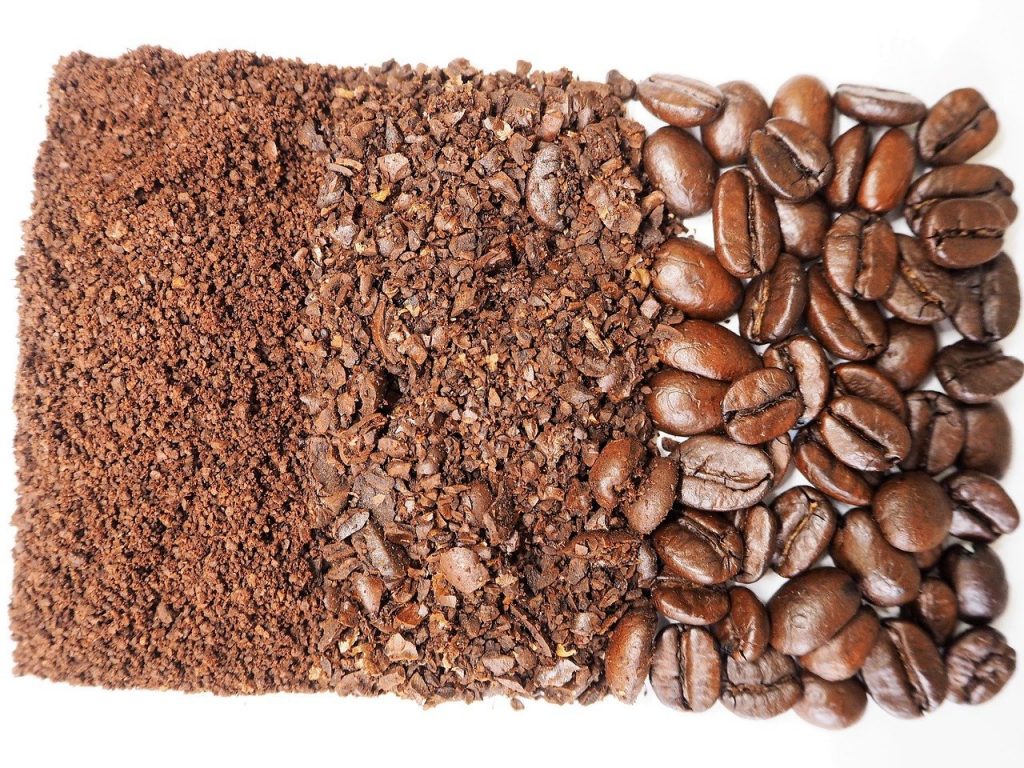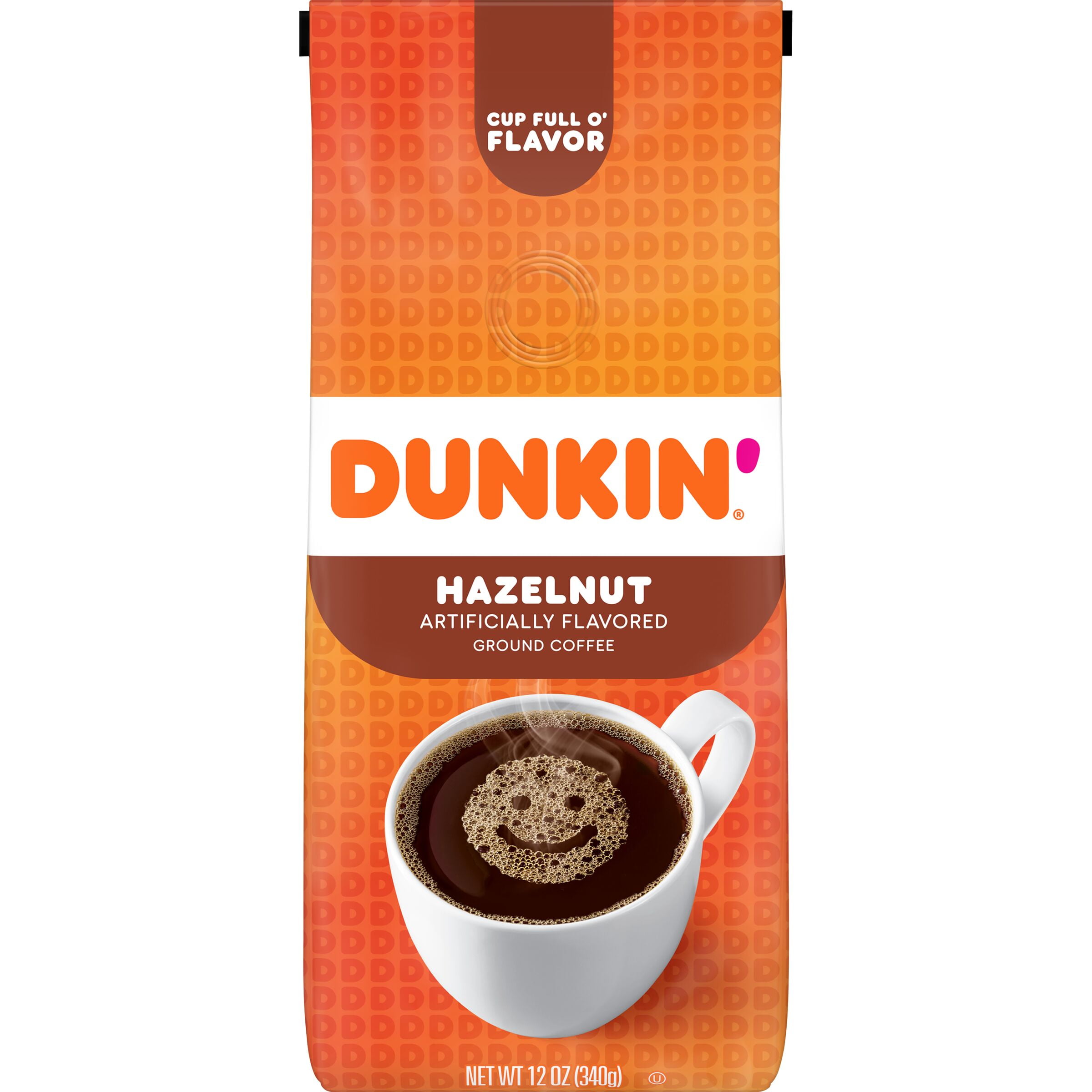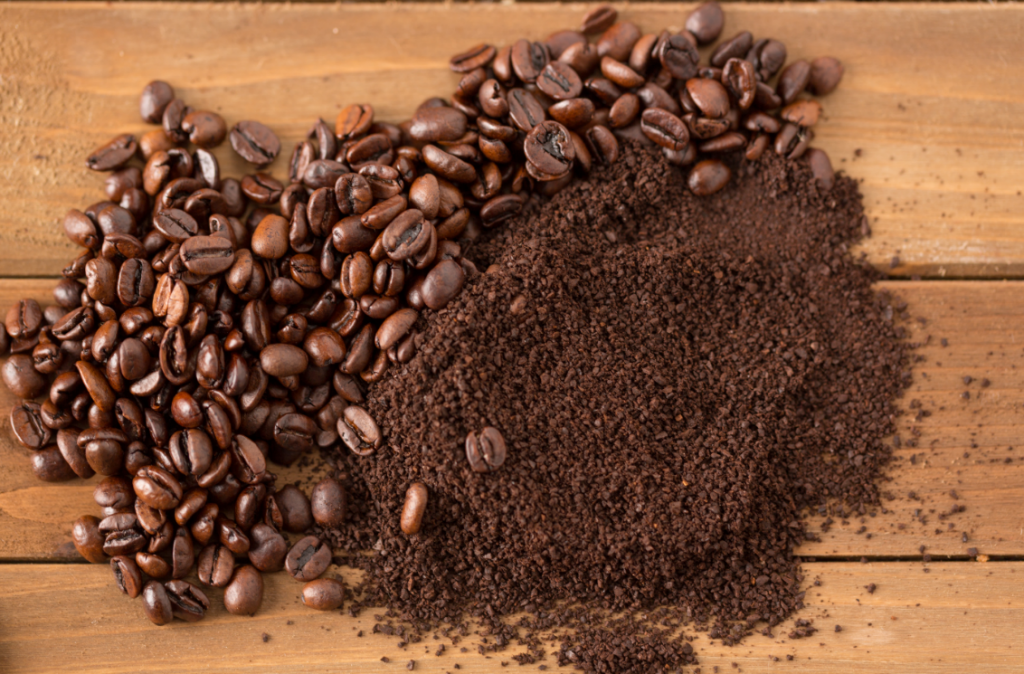

When ground coffee is exposed to moisture in the environment it immediately starts to dilute the oils. This fact however poses a great problem for ground coffee.

That’s a good thing or we’d have a very had time trying to get the oils out of the bean. 3) MoistureĬoffee oils are water-soluble. After 15 minutes ground coffee loses about 60% of its aroma. Once ground the volatile aromas are immediately released and they react with oxygen in the air (oxidation). The cells inside the roasted coffee bean contain approximately 1,000 different volatile aromas and flavors. Whatever odors are around ground coffee will taint it in ways that will not contribute to your coffee tasting experience. 1) ContaminationĬoffee oils are very delicate, which makes them an easy victim of contamination. So, let’s take a look at four reasons why you, as a self-respecting coffee lover, should not buy pre-ground coffee. However, break the protective shell and all bets are off. As long as you don’t mess with the beans the flavor components, which are very delicate, volatile and water-soluble substances, will be safe. Why You Should Not Buy Pre-Ground CoffeeĪ roasted whole coffee bean is a beautiful, protective package that keeps the coffee oils exactly where we want them, namely, inside the bean. This allows not only for a more efficient extraction, but also for a more complete extraction of soluble flavors contained within the particle. The smaller particle size makes the distance from its center shorter. Smaller grind particles make for a more complete extraction But that’s not the only reason why we grind coffee. The benefit of all this “cutting” is that the extraction efficiency dramatically cuts down on the brewing time. Eventually you’ll end up with just the right grind size for your preferred brewing method. Guess what, you’ve just further increased the overall surface area and thereby helped along the extraction efficiency even more. Now take these two halves and cut them into halves again. Why? Because there’s more surface area for the hot water to act upon and from which to extract the flavor components. As a result the extraction efficiency is greatly increased. If you take a whole bean and cut it in half you’ll increase the total surface area of the bean. Luckily for us our coffee forefathers eventually came up with a more efficient method to extract the goodies from the coffee! By grinding the coffee beans you help the water to extract efficiently the solubles that are responsible for the taste and aroma in coffee. With some patience and lots of time you’d eventually end up with a bitter, high-caffeine, coffee solution. The original method involved boiling the whole roasted beans in hot water while agitating them. The basic goal of making coffee is to get what’s sealed inside the bean (namely, the delicious flavor components and oils) out of the bean. So, stick around and find out the answers to these questions. Yet have you ever stopped and wondered why we use ground coffee as opposed to just whole beans? Or why the size of the grind matters? Or why some people look at you with utter disbelief when you tell them that you use pre-ground coffee?

Every day we use ground coffee to make our beloved cup of Java.


 0 kommentar(er)
0 kommentar(er)
